The Dukeries and Fox Hunting.
Above: Charles William Sydney Pierrepont, 4th Earl Manvers (1854 – 1926) was Master of the Rufford Hounds. Pictured here with his huntsman outside Thoresby Hall as everyone indulges in a well-fuelled hunt breakfast.
Fox hunting, as one would recognise it today, really began in the 18th century. Previous to that, deer had been the hunter’s choice of animal, but this started to change after the first of the Inclosure Acts in 1750 which resulted in open lands being sectioned into farmable fields and the deer population going into decline. At that point foxes and hare became the target. Fox hunting was never truly about the cull. As any gamekeeper will tell you a fox is a creature of exacting habits, taking the same routes every night at almost exactly the same times. So, if you do have a problem with a fox, it would be very easy to locate and shoot. No indeed, fox hunting was all about pomp and circumstance, an excuse for the Dukes and Lords to don their bright red finery, mount their thoroughbred horses, and follow their equally well bred packs of hounds across their vast estates, exhibiting as they did so just how wealthy and powerful they were. In the evening there would be an equally lavish ball, a banquet with tables well stocked with game from the Duke’s estate.
It is for this very reason, wanting to impress and display one’s wealth and social position, that the hunt became a favoured subject when commissioning artworks. Such paintings would have pride of place within the great halls, and on occasion hung in notable galleries in London. To reach an even wider audience, engravings would be made from the original artwork and mass produced for circulation. One such example is the above print from Tilleman’s painting of 1725, depicting the 2nd Duke of Kingston, with the original Thoresby Hall and his impressive estate in the background. (See the painting itself on THIS LINK).
Another fine painting (below) which was shown in the Academy of 1789, is F. Wheatley’s “Portrait of a Nobleman returning from Shooting". It depicts Henry Pelham Clinton, 2nd Duke of Newcastle, and his shooting party, with the Clumber spaniels and, beyond the bridge, Clumber House in the background. Painted in 1788 it received the mass-produced engraving treatment in 1803.
Above: The Guy Marson painting of a 1959 hunt gathering outside Thoresby Hall, also received the mass-production treatment. I well remember a colour print of this hanging in our family home when I lived on Thoresby Estate. The original hangs today (2017) in Perlethorpe Social Club. (For more on Guy Marson see THIS LINK).
Above: “Black Prince”, inside the stables at Thoresby Courtyard, Thoresby Hall. This was a favoured horse of Sydney William Herbert Pierrepont, 3rd Earl Manvers (1826 - 1900), himself a onetime Captain in the South Nottinghamshire Yeomanry Cavalry.
Today: In November 2004 a free vote in the House of Commons made "hunting wild mammals with a dog" unlawful in England and Wales from February 2005. Since The Hunting Act 2004 was passed several previous hunt organizations have gone on to perform displays of jumping and cross country riding with hounds within the Dukeries area. It remains a controversial subject.
Fox hunting, as one would recognise it today, really began in the 18th century. Previous to that, deer had been the hunter’s choice of animal, but this started to change after the first of the Inclosure Acts in 1750 which resulted in open lands being sectioned into farmable fields and the deer population going into decline. At that point foxes and hare became the target. Fox hunting was never truly about the cull. As any gamekeeper will tell you a fox is a creature of exacting habits, taking the same routes every night at almost exactly the same times. So, if you do have a problem with a fox, it would be very easy to locate and shoot. No indeed, fox hunting was all about pomp and circumstance, an excuse for the Dukes and Lords to don their bright red finery, mount their thoroughbred horses, and follow their equally well bred packs of hounds across their vast estates, exhibiting as they did so just how wealthy and powerful they were. In the evening there would be an equally lavish ball, a banquet with tables well stocked with game from the Duke’s estate.
It is for this very reason, wanting to impress and display one’s wealth and social position, that the hunt became a favoured subject when commissioning artworks. Such paintings would have pride of place within the great halls, and on occasion hung in notable galleries in London. To reach an even wider audience, engravings would be made from the original artwork and mass produced for circulation. One such example is the above print from Tilleman’s painting of 1725, depicting the 2nd Duke of Kingston, with the original Thoresby Hall and his impressive estate in the background. (See the painting itself on THIS LINK).
Another fine painting (below) which was shown in the Academy of 1789, is F. Wheatley’s “Portrait of a Nobleman returning from Shooting". It depicts Henry Pelham Clinton, 2nd Duke of Newcastle, and his shooting party, with the Clumber spaniels and, beyond the bridge, Clumber House in the background. Painted in 1788 it received the mass-produced engraving treatment in 1803.
Above: “Black Prince”, inside the stables at Thoresby Courtyard, Thoresby Hall. This was a favoured horse of Sydney William Herbert Pierrepont, 3rd Earl Manvers (1826 - 1900), himself a onetime Captain in the South Nottinghamshire Yeomanry Cavalry.
Today: In November 2004 a free vote in the House of Commons made "hunting wild mammals with a dog" unlawful in England and Wales from February 2005. Since The Hunting Act 2004 was passed several previous hunt organizations have gone on to perform displays of jumping and cross country riding with hounds within the Dukeries area. It remains a controversial subject.
Labels: Clumber Park, Earl Manvers, fox hunting, hunting, Pierrepont, Thoresby Estate, Thoresby Park





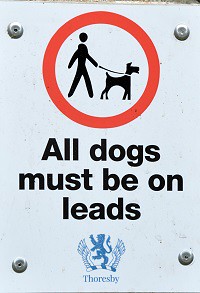 Thoresby Hall Hotel, Sherwood Forest and Clumber Park are recommended attractions for a day trip or short vacation. The
Dukeries area is of keen historic interest. NOTE: Apart from public domain postcards and brochures ALL photographs herein are copyright Ian Gordon Craig, exclusive permission granted to Thoresby Estate for their use elsewhere.
Thoresby Hall Hotel, Sherwood Forest and Clumber Park are recommended attractions for a day trip or short vacation. The
Dukeries area is of keen historic interest. NOTE: Apart from public domain postcards and brochures ALL photographs herein are copyright Ian Gordon Craig, exclusive permission granted to Thoresby Estate for their use elsewhere.
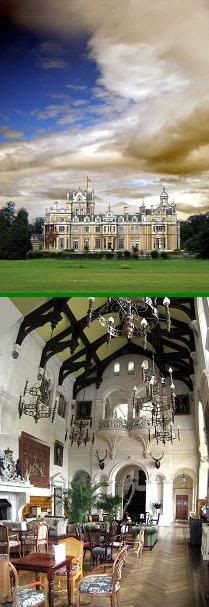 Thoresby Hall as photographed Summer 2009, now a successful Warners Hotel.
Thoresby Hall as photographed Summer 2009, now a successful Warners Hotel.
 Robert Pierrepont (1584 - 1643), 1st Earl of Kingston upon Hull, bought Thoresby for his second son William.
Robert Pierrepont (1584 - 1643), 1st Earl of Kingston upon Hull, bought Thoresby for his second son William.
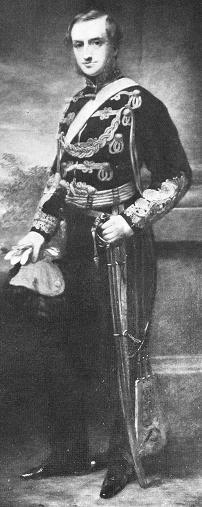 Sydney William Herbert Pierrepont (1825 - 1900), 3rd Earl Manvers, built the present Thoresby Hall, St John's Church,
Perlethorpe School, and generally shaped Thoresby Estate as it looks today.
Sydney William Herbert Pierrepont (1825 - 1900), 3rd Earl Manvers, built the present Thoresby Hall, St John's Church,
Perlethorpe School, and generally shaped Thoresby Estate as it looks today.
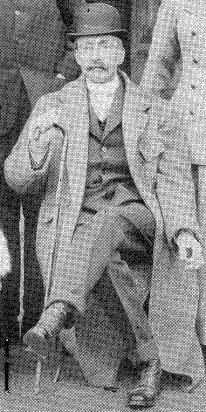 The 4th Earl Manvers (Died 1926).
The 4th Earl Manvers (Died 1926).
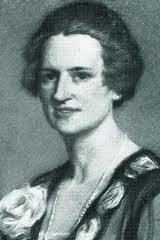 Countess Manvers (d.1984). Examples of her paintings are always on show at Thoresby Gallery.
Countess Manvers (d.1984). Examples of her paintings are always on show at Thoresby Gallery.
 ABOVE: The statue of Robin Hood in the courtyard at Thoresby Hall, by Tussaud - Birt, is showing its age, but remains one of
my favourites. The Art Gallery, crafts shops, and restaurant within that courtyard are recommended.
ABOVE: The statue of Robin Hood in the courtyard at Thoresby Hall, by Tussaud - Birt, is showing its age, but remains one of
my favourites. The Art Gallery, crafts shops, and restaurant within that courtyard are recommended.

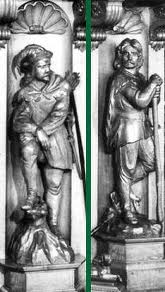
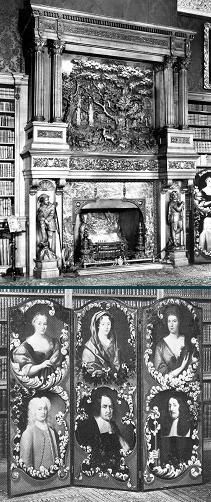 Carved oak fireplace in the Thoresby Hall library with its depiction of the Major Oak (Robin Hood's Tree), and the screen
featuring the Cromwell family. Oliver Cromwell is known to have stayed in Thoresby Hall before the English Civil War.
Carved oak fireplace in the Thoresby Hall library with its depiction of the Major Oak (Robin Hood's Tree), and the screen
featuring the Cromwell family. Oliver Cromwell is known to have stayed in Thoresby Hall before the English Civil War.
 The Green Bridge sited near the edge of the cricket pavilion in front of Thoresby Hall across which the Duke's carriage would take him to Perlethorpe Village.
The Green Bridge sited near the edge of the cricket pavilion in front of Thoresby Hall across which the Duke's carriage would take him to Perlethorpe Village.
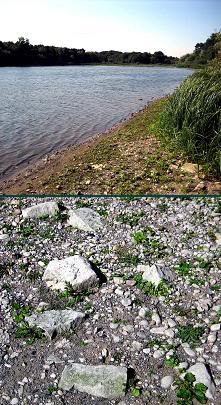 The view along Thoresby Lake towards Budby. Are these bricks at the water's edge remnants from the original Thoresby
Hall?
The view along Thoresby Lake towards Budby. Are these bricks at the water's edge remnants from the original Thoresby
Hall?
 The River Meden winds its way from 7 Ton Bridge near Thoresby Hall towards Perlethorpe Village.
The River Meden winds its way from 7 Ton Bridge near Thoresby Hall towards Perlethorpe Village.
 Budby Castle, once known as William Castle, and the River Meden winding towards Thoresby Lake under the remains of
Pierrepont Bridge, once described as classical and elegant.
Budby Castle, once known as William Castle, and the River Meden winding towards Thoresby Lake under the remains of
Pierrepont Bridge, once described as classical and elegant.
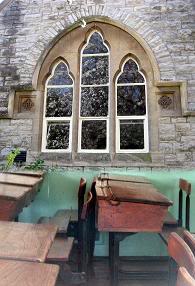
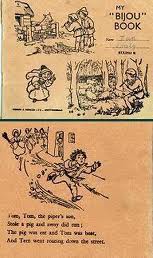 Children's exercise book from the school, 1958.
Children's exercise book from the school, 1958.
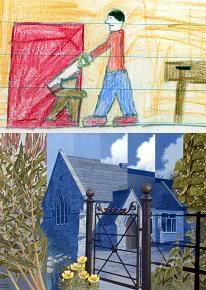
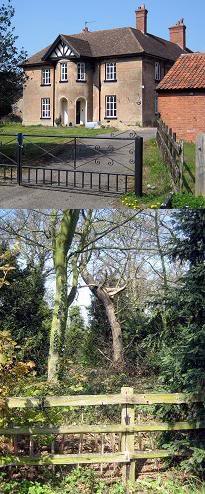



 Perlethorpe Church graveyard, where the original chapel once stood. The covered gate was a later addition in memorium to
the men of Budby and Thoresby who fell in World War 1.
Perlethorpe Church graveyard, where the original chapel once stood. The covered gate was a later addition in memorium to
the men of Budby and Thoresby who fell in World War 1.
 Robin Hood's Tree, the Major Oak, was once under the care and supervision of Thoresby Estate. Responsibility for its
upkeep changed to Nottingham City Council c.1969. Here it is pictured in in Spring, Autumn, and Winter.
Robin Hood's Tree, the Major Oak, was once under the care and supervision of Thoresby Estate. Responsibility for its
upkeep changed to Nottingham City Council c.1969. Here it is pictured in in Spring, Autumn, and Winter.
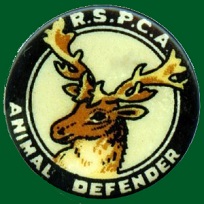
1 Comments:
Really interesting post. I understand from family folklore that my GF was involved with the hunts (as a huntsman) at The Dukeries c1910 - but I.’m not sure which Dukeries, Eventually settled in Ollerton
Post a Comment
<< Home